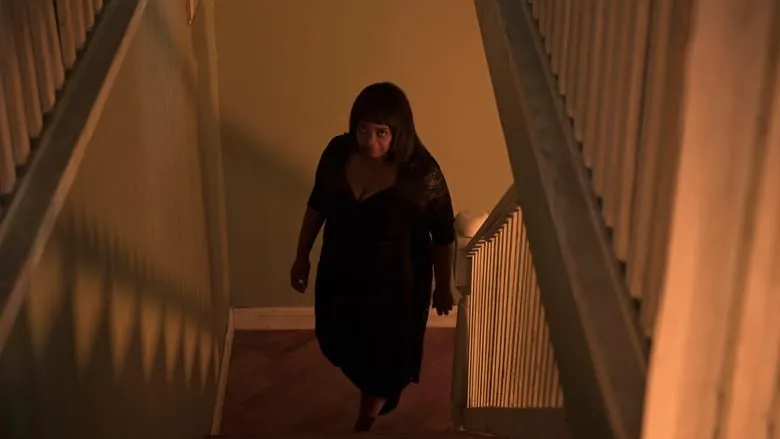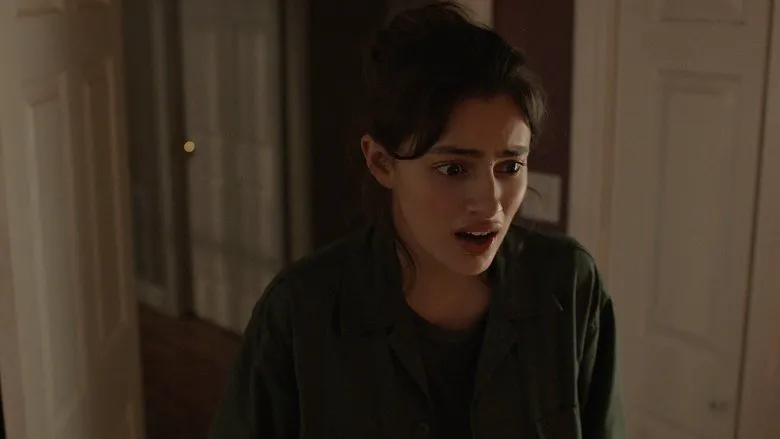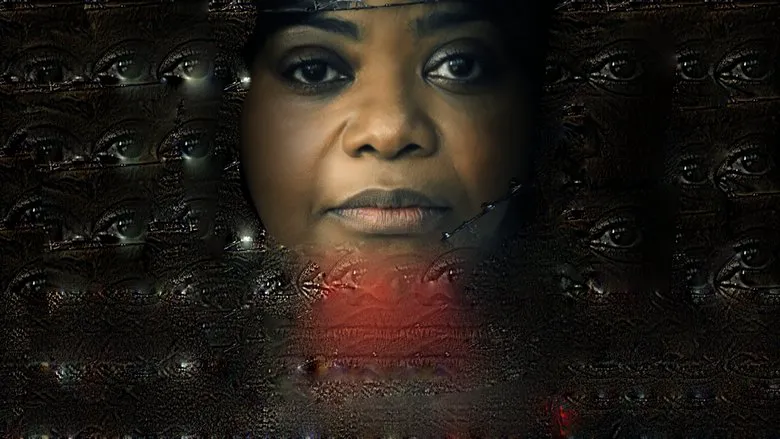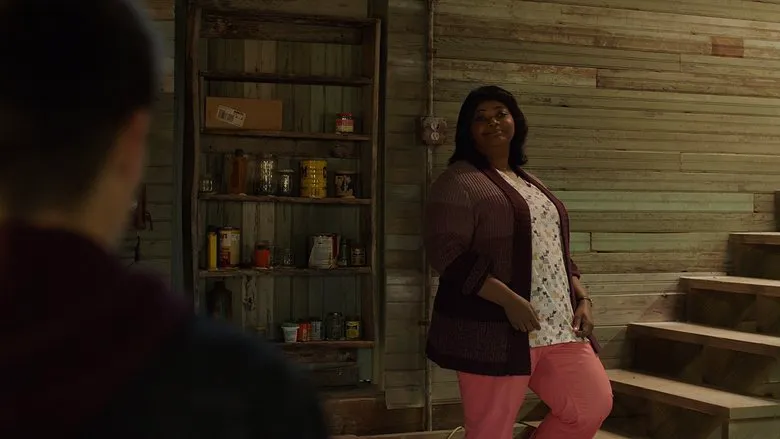A Daughter’s Redemption: Deconstructing “Mom!”
“Mom!”—the very title, punctuated with an exclamation, evokes the indomitable spirit of a mother, nearly eighty, as she confronts life’s challenges head-on. She acknowledges her gratitude towards her daughter for granting her a second chance, a chance to face mortality and discover the inner strength to persevere through life’s twilight years. This isn’t merely a tale of sorrow; it’s a testament to resilience.

Challenging Age-Old Stereotypes
“Mom!” bravely challenges commonly held stereotypes about films centered around middle-aged and elderly characters. Instead of focusing on the burden of elder care on younger generations, the film flips the script, questioning “who should take care of whom?” Seeing a daughter in her sixties, battling Alzheimer’s, and her octogenarian mother attempting to manage everything is a compelling narrative that immediately captures the viewer’s attention.

Unveiling Layers of Meaning
But “Mom!” transcends the simple theme of maternal love. The weight of life carried by this mother and daughter is revealed bit by bit through seemingly ordinary everyday moments. While some critics might argue that the episodic nature of the narrative weakens the story’s tension, a deeper inspection reveals meticulous craftsmanship in its cinematic language. Barring the slightly intrusive soundtrack, the film’s narrative approach, the characters’ non-verbal cues, dialogue, and even the setting of the old house all contribute subtle yet powerful layers of meaning, leaving a lasting impact.

Unveiling the Past: Secrets and Revelations
The mother and daughter represent a rare portrayal of elderly intellectuals on screen. The mother is a professor of humanities, and the daughter a respected science teacher. This explains why their conversations occasionally take on a theatrical quality, employing metaphors that can, at times, feel distant from commonplace interactions. In the film’s initial stages, the daughter’s austere and selfless existence remains unclear: her unmarried status, frequent volunteer work, forgiveness towards a thieving, marginalized girl, and dedicated compilation of her late father’s archaeological notes. Even her relationship with her strong-willed mother is fairly ordinary, revolving around the common family problem of an aging parent refusing to be placed in a nursing home. However, as the daughter’s condition deteriorates, all the “foreshadowing” skillfully planted throughout the film, blooms.

Confronting Nightmares: The Climax
Even as the present fades into oblivion and the mother becomes a stranger, the daughter can’t escape the traumatic events surrounding her father’s tragic death. The revelation of this deeply rooted nightmare unleashes the film’s climax. At this defining moment, all the previously fragmented details coalesce, forming a clear and heartbreaking narrative. The mother’s fierce, “mother wolf” strength, and the daughter’s life lived in atonement finally make complete sense.

Redemption and Reconciliation: Finding Peace
The daughter’s memory loss and regression to childhood merely present a superficial view of the story. Eventually, “Mom!” thoroughly deconstructs traditional depictions of elderly mother-daughter relationships. Deftly, Director Yang Lina blends warmth, courage, and universal human emotions in this tale of an individual examining a dark history, enduring repeated adversity and seeking reconciliation through self-redemption. The film’s heavy and inescapable tone evokes similarities to “Coming Home,” but, in contrast to Feng Wanyu’s endless sorrowful gaze, the mother and daughter in “Mom!” maintain their dignity in the face of the rising tide of challenges. They bid farewell to pain.

Stellar Performances: Wu Yanshu and Xi Meijuan
Wu Yanshu, in the role of the mother, and Xi Meijuan, as the daughter, deliver remarkable, complementary performances. Each “confrontation” subtly reveals their younger selves. With constrained assertiveness, unyielding boundaries and a poignant mutual reliance in their alternating states of lucidness and uncertainty, they hold onto a shared secret: the unspoken phrase, “I love you.”

A House Full of Stories: The Setting as a Character
In addition to powerful acting, the film’s visual aesthetic is also captivating. The mother and daughter’s dwelling becomes a character in its own right, a veritable space filled with memories and unsaid stories. In the daughter’s fading consciousness, we see beautifully rendered scenes of her father discussing scholarly topics with students, or standing contemplatively outside the French windows. Countless archaeological materials, letters, and childhood clothes, all remnants of father, act as perfect supplements to this tale. A lived-in space bursting with flowers, grass, old-fashioned, aged floors, and sturdy furniture, evoking a sense of tranquility and respite within what reveals itself to be such a harrowing story.

Lao She, the renowned writer, wrote, “A person, even if they live to be eighty or ninety years old, can be a bit childish if they have a mother. Losing a loving mother is like a flower inserted in a vase, still colorful and fragrant, but without roots. A person with a mother has a stable heart.” “Mom!” bears witness to the “stability” in the daughter’s heart in the final moments. This sense of stability is born of a strong mother and a self-redemption and the reconciliation achieved after overcoming adversity. This is the film’s ultimate emotional apex.